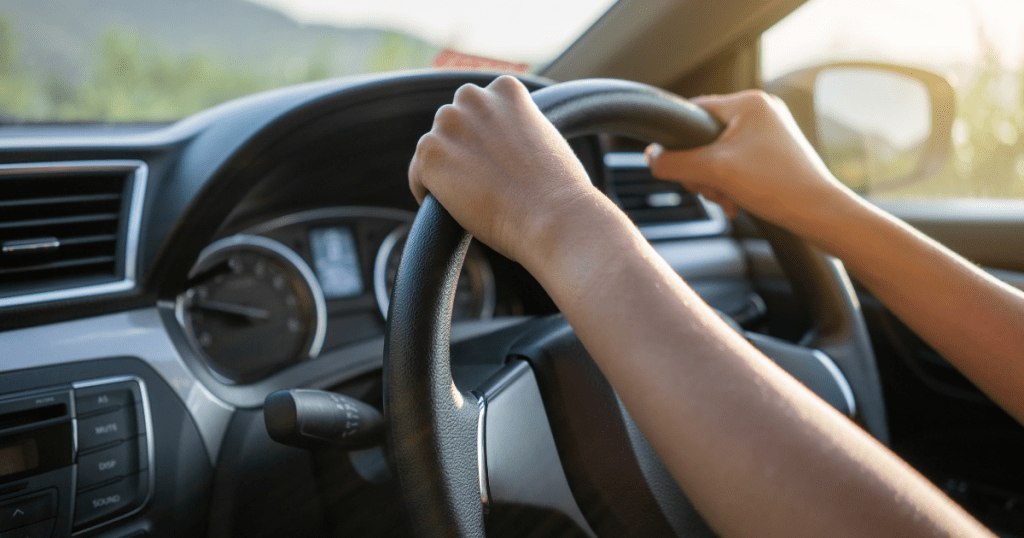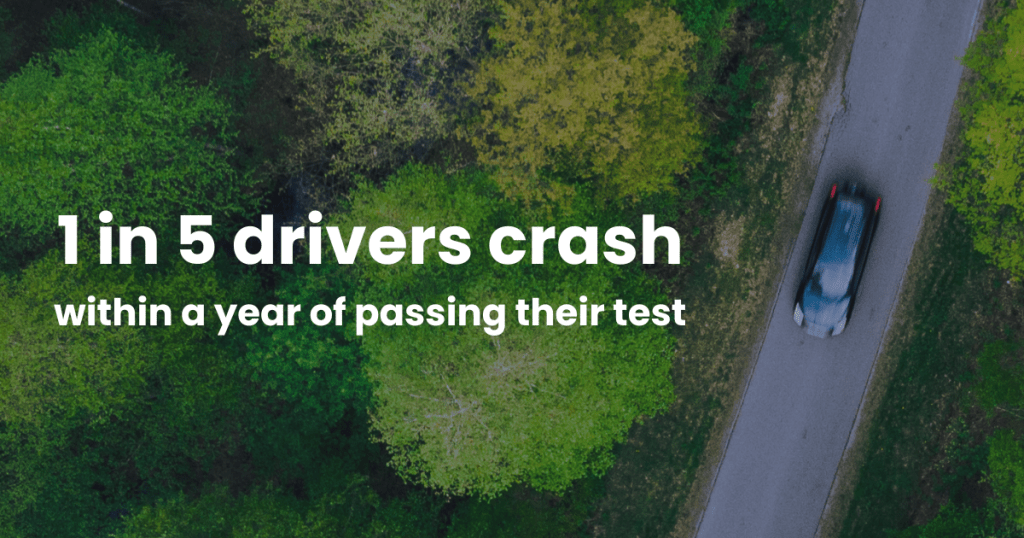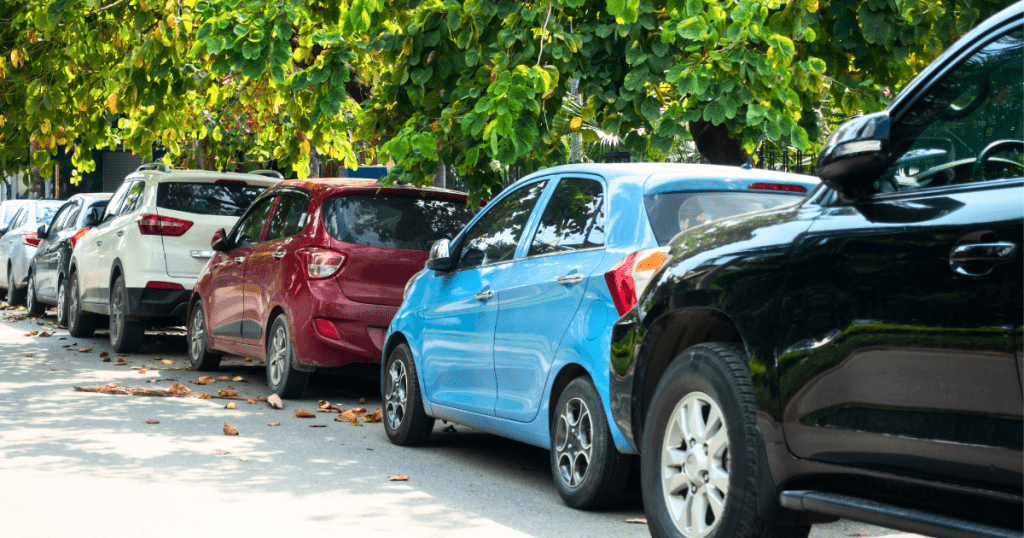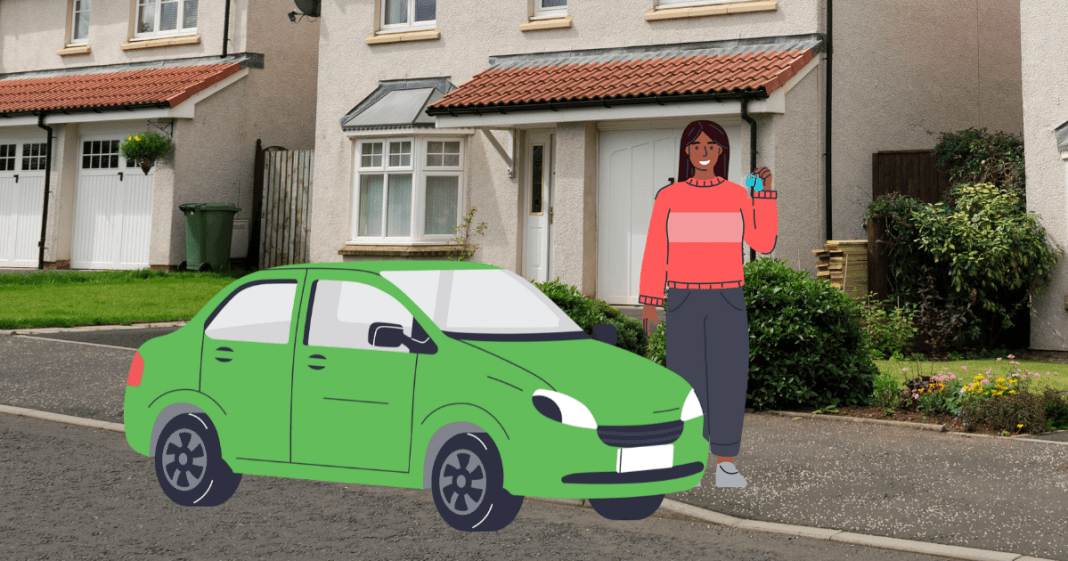Last Updated on February 25, 2025
Learning to drive can be both exhilarating and intimidating, especially for new or learner drivers who often find themselves navigating not only busy roads but also a variety of driving-related anxieties. Many new drivers experience nervousness, leading to a range of common driving mistakes that can impact safety and confidence on the road. Anxious drivers can often make errors on the road as nervousness can lead to hesitation, reduced confidence, and distraction. In the UK, with its complex road layouts and strict traffic rules, it’s especially important for drivers to stay calm, alert, and fully prepared.
In this guide, we’ll examine the most common driving mistakes made by new drivers and how to avoid them effectively. Whether you’re seeking to overcome driving anxiety, looking for advice on handling common driving errors, or simply wanting tips to improve your skills, this article is here to support you. With practise, patience, and a clear understanding of these common driving mistakes, you can drive with confidence and safety.

Is It Normal to Make Mistakes When Driving?
It’s normal for both new and learner drivers to make mistakes, and even experienced drivers aren’t immune to occasional errors. Driving is a complex skill that requires focus, quick decision-making, and an understanding of the rules of the road. Most importantly, it’s about gaining experience. While mistakes are common in the learning phase, identifying and addressing them early can prevent these errors from becoming ingrained habits.
Key points about driving mistakes:
- Expected part of learning: Mistakes like incorrect signalling, misjudging distances, or failing to check mirrors are typical for new drivers however they need to be avoided to prevent accidents from occurring.
- Learning curve: Each error can be a stepping stone toward becoming a better driver. The key is to learn from each one and actively work to improve.
- Avoidable with practice: While mistakes are part of learning, they can be minimised through regular practice, guidance from an instructor, and mental focus.

Source: https://www.brake.org.uk/get-involved/take-action/mybrake/knowledge-centre/young-drivers
Unfortunately, new drivers make up quite a high percentage of road accidents. This can often be due to youth and inexperience of driving, such as less ability to spot hazards and a higher chance of speeding or overtaking other vehicles.
The Most Common Driving Mistakes and How You Can Avoid Them
1. Failing to Check Blind Spots
Many new drivers focus primarily on their mirrors, forgetting to check their blind spots, especially before changing lanes or merging. This oversight can potentially lead to dangerous situations as vehicles or cyclists can be hidden in blind spots, which can sometimes result in a collision.
How to Avoid It: Make it a habit to glance over your shoulder before changing lanes or merging, even if you think the coast is clear. Practising this in a parked car or with an instructor can help ingrain this essential check into your routine, making it second nature over time.
2. Distracted Driving
Distracted driving is a serious issue, especially among new drivers who may feel tempted to adjust the radio, check their phones, or engage with passengers. Even a few seconds of distraction can reduce reaction time and potentially cause accidents.
How to Avoid It: Set up your environment before you start driving. Choose your music, input your GPS destination, and silence your phone. Explain to passengers that you need to concentrate fully, and practise keeping both hands on the wheel to limit unnecessary movements.
3. Speeding or Driving Too Slowly
Sometimes, new drivers can speed due to overconfidence, while others drive too slowly out of fear, both of which can disrupt traffic flow and cause problems. Speeding increases accident risk, and driving too slowly may frustrate other drivers, leading to potential road rage which also presents a risk of an accident occurring.
How to Avoid It: Aim to stay within the posted speed limits and match the speed of surrounding traffic, as long as it’s within legal limits. Practising with an instructor who can provide real-time feedback can also help you develop a better sense of appropriate speeds for various road types.
4. Poor Steering Control
Many new or inexperienced drivers have trouble with steering control, leading to overcorrections that can make the vehicle hard to handle, especially in tight turns or while reversing.
How to Avoid It: Keep your hands at the “9 and 3” position, or “10 and 2” if more comfortable, and practise relaxed, smooth movements. It’s also helpful to drive on quiet roads or practise in a car park to develop better handling and precision with steering.
5. Not Giving Right of Way
Right-of-way rules can be confusing, leading some new drivers to hesitate or proceed when they shouldn’t, increasing the risk of collisions or causing traffic congestion.
How to Avoid It: Study right-of-way rules carefully and try practising on roundabouts and junctions with an instructor. In the UK, traffic on the right has the right of way at roundabouts. Mastering this concept is essential for safe driving in high-traffic areas.
6. Misjudging Gaps and Distances
Many learners struggle with judging gaps when merging or overtaking, either being too hesitant or moving into traffic prematurely, which can cause near misses or collisions.
How to Avoid It: Until you’re confident, aim for wider gaps in traffic to give yourself plenty of time and space to merge or overtake safely. Practising on quieter roads can help you become more comfortable with spatial judgment and develop quicker decision-making skills.
7. Improper Lane Discipline
Improper lane discipline, like drifting between lanes or failing to keep to the left on motorways, is a common issue that can disrupt traffic and put the driver at risk.
How to Avoid It: Always aim to stay in the left lane unless overtaking and avoid unnecessary lane changes. Practising on multi-lane roads can help you gain confidence in lane positioning and build familiarity with motorway etiquette. It’s important to note that our learner driver insurance does not cover motorway driving. This is something that would have to be covered in driving lessons with an approved driving instructor.
8. Failure to Signal
Forgetting to use indicators when turning or changing lanes is a frequent error that can confuse other drivers, leading to accidents or road rage.
How to Avoid It: Practise signalling even on empty roads to build the habit. Think of signalling as a form of communication with other road users – the more predictable you are, the safer you should be.
9. Inconsistent Braking and Accelerating
Inconsistent braking and accelerating are common issues that can cause accidents, particularly for new or anxious drivers. Sudden stops or uneven acceleration can disrupt traffic flow, make passengers uncomfortable, and increase the risk of rear-end collisions.
How to Avoid It: Practise smooth braking by applying gradual pressure on the brake pedal and learn to feather the accelerator for smooth starts. This can improve your overall control and make driving feel more fluid and natural.
10. Parking Errors
Parking, especially parallel and reverse parking, is challenging for many new drivers and often leads to misalignment, hitting curbs, or needing multiple adjustments.
How to Avoid It: Practise parking manoeuvres in a safe, quiet area with plenty of space. Use markers or cones if necessary and remember to take your time – confidence in parking will come with practise and patience.

Get a learner driver insurance quote today!
Conclusion
While making mistakes is part of the learning process, understanding commonly made mistakes and how to avoid them is crucial to becoming a safer, more confident driver. Driving errors may seem daunting, but each one is a valuable learning experience. With time, practice, and the right strategies, new drivers can significantly reduce anxiety, handle common driving challenges, and make positive progress towards becoming responsible drivers.
For learners and new drivers, the path to confident driving is gradual. A focus on continuous improvement, safe driving habits, and mindful practice will help you make steady progress . Every experience on the road, whether good or challenging, brings you closer to mastering this skill.
FAQs
Yes, it’s very common for learner drivers to feel anxious. The combination of new skills, busy roads, and high expectations can be overwhelming. Practising gradually, focusing on breathing techniques, and building confidence can help reduce this anxiety.
If you make a mistake, stay calm and correct it safely. Everyone makes mistakes while learning, so view them as opportunities to improve rather than setbacks. The key is to learn from each experience and adjust accordingly.
Mistakes can happen to anyone, regardless of experience. Common causes include complacency, distractions, and bad habits that develop over time. Regular self-assessment and refreshing knowledge of road rules can help experienced drivers avoid these issues.
Blind spot checks can be practised even in a parked car. Sit in the driver’s seat, check mirrors as usual, and then turn to check each blind spot over your shoulder. Repeat this several times until it feels natural.
To minimise distractions, set up your environment before you start driving. This means adjusting your seat, mirrors, music, and GPS in advance. Consider putting your phone on “Do Not Disturb” mode and avoid eating or drinking while driving. Limiting these distractions can greatly improve focus and reaction time.









